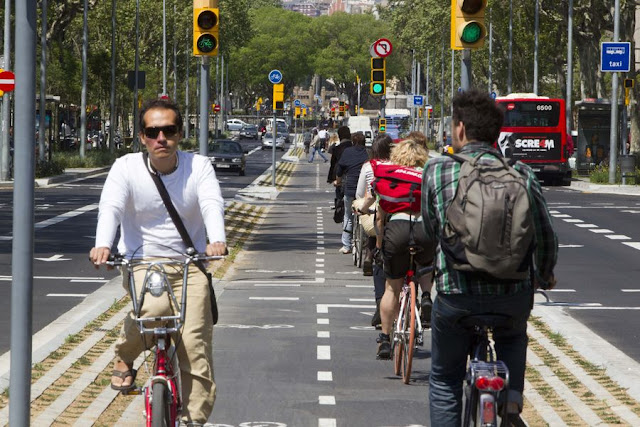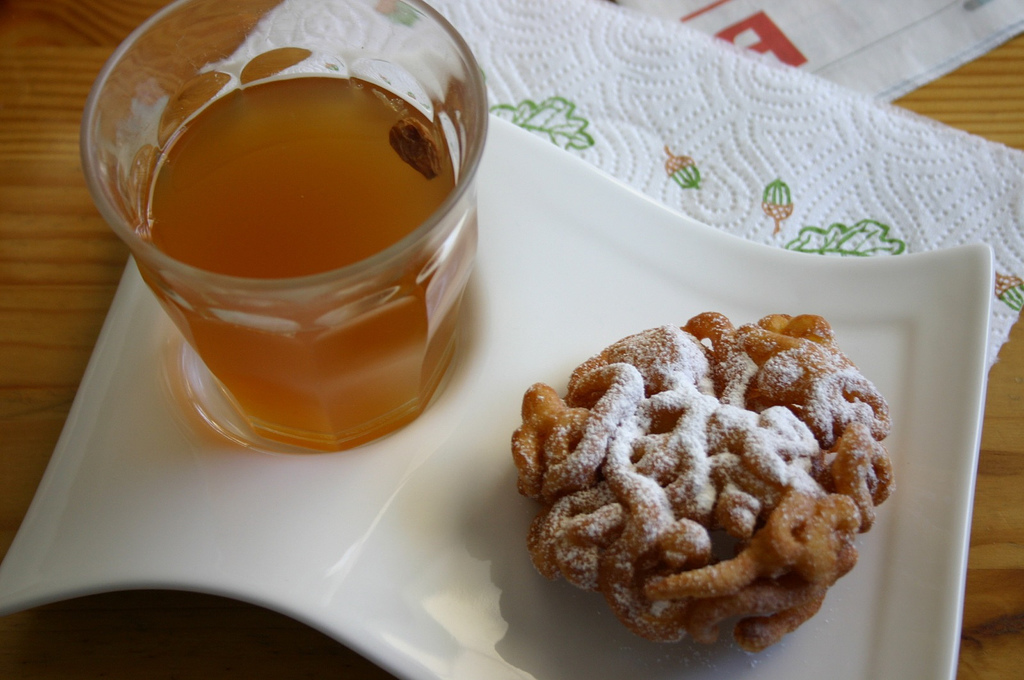Hyvää tiistaita (tuesday_dimarts) kaikille!
Yesterday was Alvar Aalto's birthday. Hugo Alvar Henrik Aalto (pronounced [ˈhuɡo ˈɑlʋɑr ˈhenrik ˈɑːlto]; 3 February 1898 – 11 May 1976) was a Finnish architect and designer. His work includes architecture, furniture, textiles and glassware, as well as sculptures and paintings, though he never regarded himself as an artist, seeing painting and sculpture as "branches of the tree whose trunk is architecture." _Ahir va ser l'aniversari del naixement del famós arquitecte finlandès Alvar Aalto. Alvar Aalto (Hugo Henrik Alvar Aalto. Kuortane, 3 de febrer de 1898 - Hèlsinki, 11 de maig de 1976) fou un dels mestres de l'Arquitectura Moderna. Al llarg de la seva vida desenvolupà una obra molt personal, ubicada dins el corrent de l'arquitectura orgànica i fortament vinculada a la seva Finlàndia natal. És considerat com el «pare de l'Arquitectura Moderna» a Escandinàvia. A més de l'arquitectura, la seva obra inclou el disseny de mobles i objectes de cristalleria.
Yesterday was Alvar Aalto's birthday. Hugo Alvar Henrik Aalto (pronounced [ˈhuɡo ˈɑlʋɑr ˈhenrik ˈɑːlto]; 3 February 1898 – 11 May 1976) was a Finnish architect and designer. His work includes architecture, furniture, textiles and glassware, as well as sculptures and paintings, though he never regarded himself as an artist, seeing painting and sculpture as "branches of the tree whose trunk is architecture." _Ahir va ser l'aniversari del naixement del famós arquitecte finlandès Alvar Aalto. Alvar Aalto (Hugo Henrik Alvar Aalto. Kuortane, 3 de febrer de 1898 - Hèlsinki, 11 de maig de 1976) fou un dels mestres de l'Arquitectura Moderna. Al llarg de la seva vida desenvolupà una obra molt personal, ubicada dins el corrent de l'arquitectura orgànica i fortament vinculada a la seva Finlàndia natal. És considerat com el «pare de l'Arquitectura Moderna» a Escandinàvia. A més de l'arquitectura, la seva obra inclou el disseny de mobles i objectes de cristalleria.
These might be the 10 projects by the Finnish architect Alvar Aalto which highlight the breadth of his built work. _Aquests podrien ser els 10 projectes del famós arquitecte finlandès Alvar Aalto que posarien en relleu l'amplitud de la seva obra construïda.

Alvar Aalto was born in Alajärvi in central Finland and raised in Jyväskylä. Following the completion of his architectural studies at the Helsinki University of Technology he founded his own practice in 1923, based in Jyväskylä, and naming it Alvar Aalto, Architect and Monumental Artist. Although many of his early projects are characteristic examples of 'Nordic Classicism' the output of his practice would, following his marriage to fellow Architect Aino Marsio-Aalto (née Marsio), take on a Modernist aesthetic. From civic buildings to culture houses, university centers to churches, and one-off villas to student dormitories, the ten projects compiled here—spanning 1935 to 1978—celebrate the breadth of Aalto's œuvre. _Alvar Aalto va néixer a Alajärvi, al centre de Finlàndia, i es va criar a Jyväskylä. Després de la finalització dels seus estudis d'arquitectura a la Universitat de Tecnologia d'Hèlsinki va fundar el seu propi estudi el 1923, amb seu a Jyväskylä, i donant-li el nom d'Alvar Aalto, arquitecte i artista monumental. Tot i que molts dels seus primers projectes són exemples característics de 'Classicisme Nòrdic' un pas al costat en el seu exercici, arran del seu matrimoni amb la també arquitecte Aino Aalto-Marsio (de soltera Marsio), el va dur a adquirir una estètica modernista, des d'edificis civils a cases de cultura, centres universitaris i esglésies, i residències estudiants.

Jyväskylä University Building (1951); Jyväskylä

House of Culture (1955); Helsinki

Säynätsalo Town Hall (1949); Säynätsalo

Stephanuskirche (1968); Wolfsburg, Germany

Viipuri Library (1935); Viipuri

Heilig Geist Kirche (1962); Wolfsburg, Germany

Muuratsalo Experimental House (1953); Muuratsalo

Maison Louis Carré (1959); Bazoches-sur-Guyonnes, France

Riola Parish Church (1978); Grizzana, Italy

MIT Baker House Dormitory (1948); Cambridge, MA, USA
The
span of his career, from the 1920s to the 1970s, is reflected in the
styles of his work, ranging from Nordic Classicism of the early work, to
a rational International Style Modernism during the 1930s to a more
organic modernist style from the 1940s onwards. Typical for his entire
career is a concern for design as a Gesamtkunstwerk, a total work of
art, in which he – together with his first wife Aino Aalto – would
design the building, and give special treatment to the interior
surfaces, furniture, lamps and glassware. His furniture designs are
considered Scandinavian Modern, in the sense of a concern for materials,
especially wood, and simplification but also technical experimentation,
which led him to receiving patents for various manufacturing processes,
such as bent wood. The Alvar Aalto Museum, designed by Aalto
himself, is located in what is regarded as his home city Jyväskylä. _La seva trajectòria, des dels anys vint fins als anys setanta, es reflecteix en els estils de la seva obra, que van des del classicisme nòrdic de l’obra primerenca, fins al modernisme d’estil internacional racional dels anys trenta i un estil modernista més orgànic als anys quaranta. És habitual en tota la seva carrera trobar una preocupació pel disseny com a Gesamtkunstwerk, una obra d'art total, en la qual, junt amb la seva primera esposa Aino Aalto, dissenyaria l'edifici i donaria un tractament especial a les superfícies interiors, mobles, làmpades i cristalleria. Els seus dissenys de mobles es consideren part del moderns escandinaus, en el sentit d'una preocupació pels materials, especialment la fusta i per la simplificació, però també per experimentació de tècniques, que el van dur a elaborar patents per a diversos processos de fabricació, com la fusta doblada. El museu Alvar Aalto, dissenyat pel propi Aalto, es troba en el que es considera la seva ciutat natal, Jyväskylä.
Nauttikaa! Enjoy_gaudiu!
MOI, MOI!























